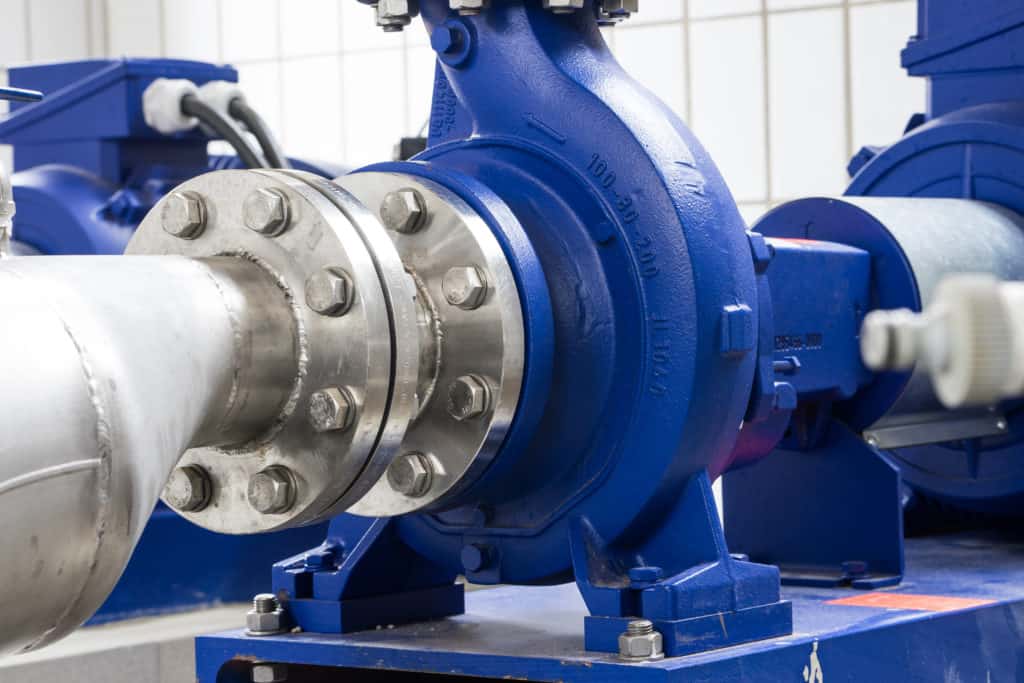Cryogenics involves the study of how matter behaves at extremely low temperatures. In some cases, these temperatures might approach absolute zero as liquefied gasses, refrigerants, coolants, low-temperature hydrocarbons and other cryogenic liquids are used to create very cold environments with stable chemical reactions.
The Challenges of Cryogenic Sealing
One of the biggest challenges in cryogenic equipment is how the conditions affect mechanical seals. The seals must stand up under these very low temperatures and perform the important function of keeping the cold materials and chemicals contained. A failed mechanical seal in cryogenic equipment can lead to several major health, safety and environmental concerns. Cryogenic liquids can be deadly to anyone who comes into contact with them.
Factors to Consider
Therefore, the mechanical seal must be made of the proper materials and maintained correctly to prevent leaks. Here are some of the factors that need to be considered, according to the engineering experts at Cortech:
- Selection of Elastomers – Most customary O-rings cannot handle the low temperatures of cryogenics. A compatible O-ring designed to withstand the lowest temperatures must be used.
- Contraction and Expansion of Metals – With such extreme differentials in temperature, the components of equipment will expand and contract. This can dislodge the inserted face of the metal retainer, making the role of the cryogenic seal even more important.
- Lubrication Problems – Most cryogenic liquids are not good lubricators. However, a successful mechanic seal depends on a fluid film across the faces for proper lubrication. Therefore, the right seal must be used to combat this lack of natural lubrication.
Flex-A-Seal Cryogenic Mechanical Seals
Flex-A-Seal is a leading mechanical seal manufacturer who tackled this cryogenic seal problem head-on with the development of seals specifically designed for cryogenic applications. Their seals utilize edge-welded metal bellows to allow for higher pressure capabilities. The bellows’ cores are made of 347 stainless steel, which will maintain strength and not become brittle within extremely cold environments.
Tungsten and special carbon graphite faces optimize the face balance and help maximize PV values. The point is that each aspect of these seals has been specially engineered to make sure they stand up to the difficult demands of cryogenics.
Cryogenic Seal Solutions at Cortech
To learn more about Flex-A-Seal cryogenic mechanical seals and other solutions for effective cryogenic sealing suited for your specific application, contact Cortech today. Our engineers know how to help you get the best performance and durability from your industrial equipment, so we can help you select, configure and maintain the mechanical seals you nee

